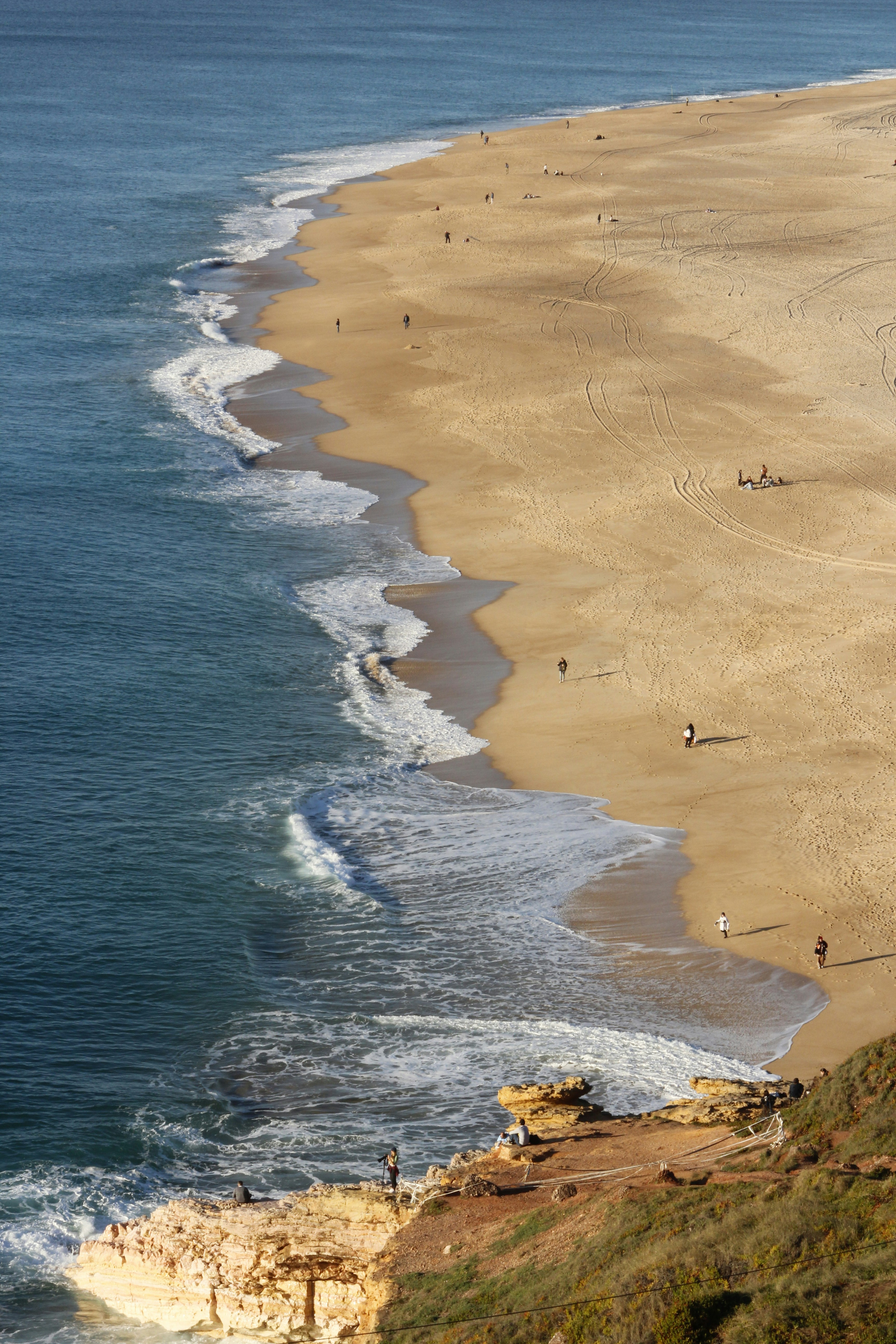What are the 6 ballet positions?
by Mia
Posted on 28-02-2022 12:53 AM


The basic positions and techniques of ballet were developed long ago. Over the centuries, choreographers have revised the classical techniques, but the basic positions have remained the same.

What are pre-pointe classes? 5 tips to improve your dancing leaps leg stretches for gift for best ballet dance ever ballet dance routine elements of ballet dance recital the best ballet dance ballet dance for beginners rs learn how to do a split: get started with stretches illustrated high jump technique the basic structure of a ballet class using the barre for ballet stretches illustrated step-by-step long jump technique top cheerleading positions: flying, basing, and spotting point your toes how to do the shot put glide technique.
In addition to studying contemporary dance itself, aspiring dancers should also study ballet. The poise, balance, and control required for successful ballet performances make it easier to master contemporary dance. Practice the first five ballet positions at home or with your teacher.
Check out the text ‘a to z’ ballet terms below. We tried to explain them in the most simple and easy way. Ballet terminology is very important to learn for anyone starting with this form of dance. Because there are so many specific positions and variations, it helps to know the definitions. You may find it easier to watch a video demonstration of the ballet moves – we just started adding them.
Before you start your beginner barre workout, you may want to learn a few basic foot positions. They go by the same names as their ballet counterparts. You'll do many of the exercises in one of these three positions. First position: heels are placed together (pictured above) and legs are rotated out slightly from the hips so that the feet form a "v" position.
It’s normal to feel a little overwhelmed going into your first ballet class. The plethora of poses and positions to learn might have your head spinning, especially since many of their names are in french. But with practice and time you’ll soon be fluent in the language of ballet. And it’s always helpful to have an easy guide with ballet terms for beginners.
I purchased this as a christmas gift for my 3 granddaughters, ages 5,6,7. They are taking beginning/level 1 dance classes. They love their classes so i have been looking for dance class type dvd's to supplement their classes. I printed out the excellent ballet terms list from the website listed on the dvd cover. The dvd is recommended for ages 7-adult (i would say 5-adult, depending on the child). I previewed this entire dvd. After watching many dvd's (from the library) on dance for children, i feel this truly stands out. The video production is quite good (there are a couple places where it momentarily cuts off the feet, but it is not really a problem). The teacher speaks slowly enough and reinforces her instructions with visual presentations using two young dancers to model the positions. There is a lot of info presented but dancers are encouraged to take their time and learn a few steps at a time. There is a warm-up on the floor, at the barre and centre (french terms). The instructor, jennifer nunes, explains how and why each warm-up activity is done. As the class proceeds, she carefully explains, using two young dancers to demonstrate the different moves. She takes her time describing the position of different parts of the body in the various moves which i found quite helpful. Towards the end, she presents a simple combination of steps describing them as they are performed. There is soft piano music in the background. This is filmed in a professional studio, it appears. This is what i have been looking for. I like the fact that they have more dvd's of progressing difficulty also. I highly recommend this!.
What are dance turns called?
Next the class will normally progress to a pirouette exercise, or two, or three� this is when the dancers practise turning. There are several kinds of pirouettes. The most common kind, simply called a pirouette, is when the dancer turns with the supporting leg straight, turned out, and on rise or pointe, and the working leg has the foot pointed and placed by the knee on the supporting leg, with the working leg turned out so that the working knee points to the side. These pirouettes can be done turning towards the working leg, (en dehors), or away from the working leg, (en dedans). Ladies also do fouetté turns. A fouetté turn is a normal en dehors pirouette but the working leg is carried to the side before the dancer starts to turn. Fouetté turns can be done continuously, that is what the dancer in the quicktime movie on this page is doing - fouetté turns in a continuous fashion.

How many moves are there in ballet?
If you're already familiar with the basics of ballet, but haven't yet mastered most ballet moves, then intermediate lessons are right for you. In these classes, your teacher will challenge you to push yourself to the next level, as you work on increasingly complicated and challenging choreography. You'll grow stronger, improve balance, and increase your flexibility. Your teacher might choose to cover the following topics:.

Well, we’ve explored some of ballets small jumps. The ones that can be categorised perhaps as easy. Or easy for a dancer! however, now it’s time to bound forward into the difficult ballet jumps. Those tricky moves that cause problems for even the best trained amongst us. The ballet jumps that cause problems and can be difficult to execute no matter how skilled and fit you are. Sometimes, they just pose difficulties. But, that’s okay – it shows we’re human. It’s important not to beat yourself up about it and for every fall, there are 100 more beautiful jumps waiting for you. So get back up, dust yourself off and if you need a little reassurance or a little guidance on how to execute some of the difficult moves, zarely is here to help:.
Dancing for beginners entails a lot of new dance moves and terminology (mostly in french for ballet training). This may be intimidating and uncomfortable at first, but if you go in with an open mind and eagerness to learn, you’ll do great! on the other hand, if you don’t believe in yourself and think things like “i will never be able to dance like that†or “i can’t do this,†then it’ll be extremely difficult to make progress.
Of all the ballet moves, the pirouette is one of the most iconic. That extraordinary turn, executed with perfect balance and timing, can really take your breath away when you see it performed on stage. But, although the professional dancers make it look easy, like it is one simple smooth motion, it's actually a composite of several small moves that prepare the dancer for both the speed and accuracy of the turn and the balance require to pull it off.
Recommended for age 7 to adult. We taught you beginning ballet moves in ballet 101, a beginner's class and ballet 201, beyond the basics. You've already danced through combinations 1. Now this addition to the series pick up from there, giving students a chance to develop even further. The instructor adds new moves to pace you through a variety of dance combinations found in ballet classes and performances throughout the world: adagio, waltz, petit allegro, grand allegro and reverence. Combination 2 focuses on choreography, stage presence and performance quality. New ballet steps and trickier footwork are introduced to make the combinations unique.
A tendu is a simple point of the toe away from your body. It is the foundation of many other moves in ballet.
The new york city ballet workout: if you've ever seen the dancers of the new york city ballet, you can assume the company's workout dvd is a challenge. It focuses on strength, precision and technique of various ballet postures. Even though you may not be able to execute all the moves right away, the instructors show you how to modify each one for your fitness level. The video teaches 21 different exercises and allows you to choose between classical and contemporary soundtracks.
What do you call a ballet teacher?
Putting on a pair of ballet shoes can make you feel like a proper dancer and will vastly improve your dancing as a result. So once you're confident that you are going to go to classes, getting a pair of proper ballet slippers is vital. Firstly, call your ballet teacher or studio. They should be able to give you lots of specific detail of what kind of ballet shoes they expect you to wear. If you don't get specifics, press for them, as the worst thing to do would be to make assumptions and turn up in something the teacher deems inappropriate.
What is an arabesque in ballet?
Bring a head shot and an arabesque shot. Audition dates/times subject to change. Video auditions : december 1, 2022 – april 30, 2022 january 9, 2022 – 1:00 – 3:00pm ballet academy of texas – 145 fitness court, coppell, tx 75019 january 15, 2022 – 1:00 – 3:00pm the tallahassee ballet – 2910 kerry forest parkway tallahassee, fl 32309.
Arabesque (french: [a?ab?sk]; literally, "in arabic fashion") in dance, particularly ballet, is a body position in which a dancer stands on one leg–the supporting leg–with the other leg–the working leg–turned out and extended behind the body, with both legs held straight.
When most people think of ballet, they often envision the graceful profile of a dancer standing on one leg. The other leg is extended behind the body, at a right angle to the supporting leg. The dancer's arms are elegantly stretched out to make the body look as long as possible. This move is known as the arabesque(a-ra-besk), a graceful pose that gets its name from a moorish ornament [source: abt ].
Ballet Terms, Positions, and Poses
This video very clearly demonstrates positions and how to make a habit of good posture and form. It however is a bit shorter than i would have thought (my own fault for not reading the runtime). This however is not entirely due to lack of content, but rather the fast paced and independent nature of the lesson. It works almost as a video dictionary, demonstrating an exercise and move and expecting you to take the liberty of pausing and repeating as so suits you. Despite what many have claimed, you do not need lots of previous ballet knowledge or experience, this really is for beginners. However, it might require leg strength, flexibility, or postures you are not used to should you never have attended a lesson or been athletic, and thus can seem advanced despite showing beginner moves. These moves are all demonstrated on a barre, and can be done without one, but i recommend a tall chair or stool to act as a barre. Those upset with french terms they are not familiar with should either 1. Stop complaining and learn basic french or 2. Do what most anglophone ballet students due and realize that most of the ballet terms are unique and have no direct translation and thus you should treat it as a new vocabulary word. Plié can be literally translated as "squat used in ballet that involves the feet turned out" but why not just say plié? you bought this dvd to learn, don't be upset because you're too daft to use context clues.
People of the Ballet
Even people who are not fans of the ballet have heard of misty copeland. Not only is she one of the most sought-after dancers today, but she was also the first female african american principal dancer at the prestigious american ballet theatre. In this online dance class, she will guide you through a variety of barre techniques including pliés and tendus, temps lié, and ronds de jambe. She will then move on to discussing a range of well-known performances, give you a behind-the-scenes look at what it takes to work with demanding choreographers, and how she thrives in the pressure cooker world of professional ballet.
Sunday, sept. 29 (healthday news) -- ballet spins are breathtaking to watch but hard to do, and a new study suggests that years of training help dancers' brains adapt so they can avoid feeling dizzy when they perform pirouettes. The researchers concluded that dancers are able to suppress signals from the balance organs in the inner ear, and suggested that their findings could help improve treatment for people with chronic dizziness , which affects about 25 percent of people at some point in their lives.
The body shape is really important in ballet and some people are born with that perfect ballerina body. But for the majority of us, we have to make the best out of what we are given. Learning ballet will give you grace and improve your posture, so already you will have a major advantage over the majority of the population.
“barre is a low-impact toning routine that resembles the training for a ballerina,†black says. It focuses on developing long, lean muscle. “this workout is generally positive for people with ra because the range of motion can be easily adjusted to fit the limitations of inflamed joints ,†she adds. Since most people with ra have alignment issues, using the mirror and the ballet barre can help you keep to good form, black says. The exercises also have the benefit of being performed slowly, so you don’t have to worry about sudden stress on your joints.
Types of Ballet Jumps
Kim hungerford april 25, 2016 ballet consists of movement families. Once a student has learned some of the basic forms of jumps, they can begin to explore all of the different ways we jump in ballet. Use this guide to teach your intermediate to advanced students how to sauté (jump) and the differences between the five types of jumps. Enjoy!.
How many ballet classes per week I should take
September 30, 2014 is cycling safe for dancers? plus, why allergy meds may affect your appetite i developed the habit of taking seven spin classes a week during my summer break. It’s been great for my endurance, but my muscles are looking bulkier in ballet. Is spinning bad for dancers? —ashley, miami, fl.
Ballet Moves: The Pirouette and a Jump
Ballet is the perfect discipline to develop posture, alignment, strength, flexibility, coordination and grace. If you are new to ballet then our ballet classes for beginners are the perfect way to start your journey. These ballet lessons are also suitable for those of you seeking to refresh your skills. Our beginners lessons provide a fun introduction to ballet. They will cover basic ballet principles in a supportive environment. Ballet terminology will be explained and demystified. The classes will cover barre work, centre practice, allegro (jumps), pirouettes (turns) and some choreographed phrases.
Some of the most important ballet moves for beginners to learn include the plie, the releve, and the pirouette. Here’s how to do them!.
Turnout of the legs at the hip socket is a key element of classical ballet technique. Dancers use their external hip rotator and gluteal muscles to rotate their legs outward and to sustain that rotation during leg extensions, leaps and turns. Ballet trainees learn to engage these muscles regularly to maintain their turnout, whether they are standing in basic first position at the barre, holding a difficult pose, pushing off from the floor in a jump or traveling across the floor. With consistent effort, dancers who work to increase their turnout develop strong external rotator and gluteal muscles.
Search
Categories
- Skier
- Grammar Police
- Ballet Dance
- Sewing
- Photography
- Motorcycle
- Mortal Kombat
- Motherfucker
- Gun Lover
- Gun Shooter
- Food Lover
- Funny Sarcastic
- Archery
- Biker
- Chess
- Camping
- Black Cigarette
- Video Game
- Game
- Book Lover
- Music Lover
- Gangsta Rap
- Gammer
- Traveler
- Tech Geek
- Surfer
- Sneaker Lover
- Shopping
- Scouting
- Jeweler
- Rider
- Racer
- Gamer
- Fishing
- Cycling
- Cuphead
- Cook
- Comic
- Offroad
- Karaoke
- Cigarette
- Fanboying
- Fangirling
- Diver
- Cosplaying
- Judo
- Knitting
- Drinker
- Fencing
- Hobby
- Backpacker
- Bookworm
- Learn
- Scrapbook
- Vintage Car
- Dancer
- Golfer
- Cooking